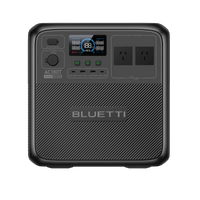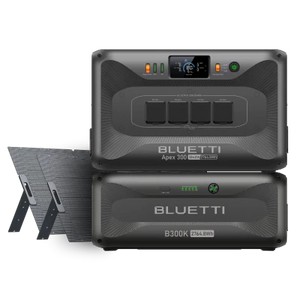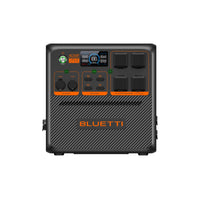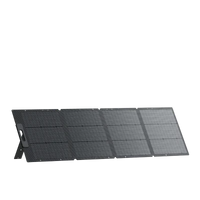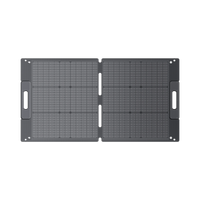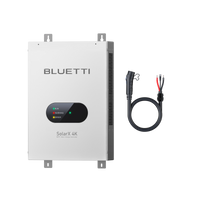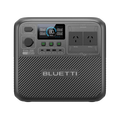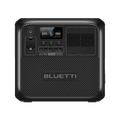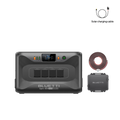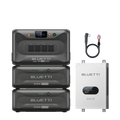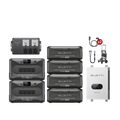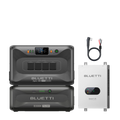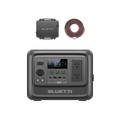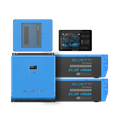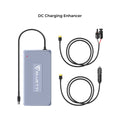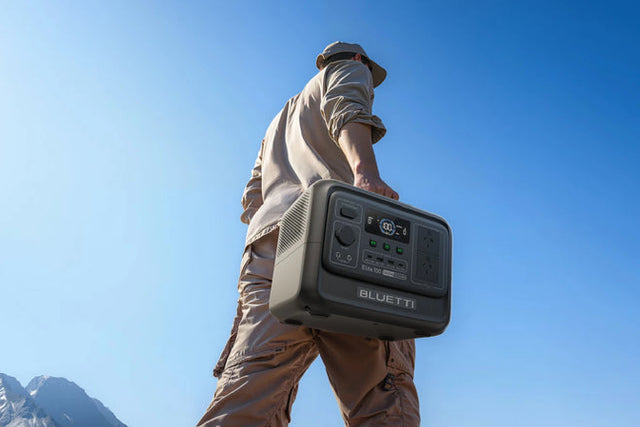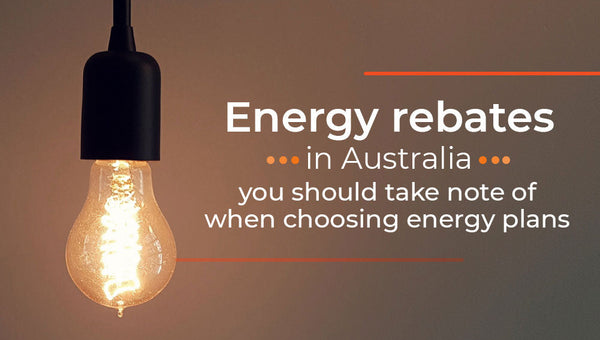Are you frustrated by rising electricity costs? Are you searching for effective ways to cut down on your monthly energy bills in Australia? With energy prices continuing to climb, managing household budgets can be challenging. Fortunately, there are strategies you can implement right now to save on your electricity bill. In this article, we’ll break down the average cost of electricity in Australia for 2024, uncovering what influences these prices and offering top tips to help you keep your energy expenses under control. From choosing the best providers to implementing energy-saving habits, these insights will empower you to take charge of your energy costs and make a real difference in your monthly bills.
What Is The Average cost of electricity in Australia?
Electricity rates in Australia are determined by various factors, including your location, the provider, and even the time of year. On average, most suppliers charge between 25 and 45 cents per kilowatt-hour (kWh). However, these rates can fluctuate significantly from one state or territory to another. According to the Australian Energy Regulator (AER), as of April 2024, the typical household electricity bill averages around $125 per month or $1,500 annually. Knowing the rates in your area can help you understand how your bill compares and identify potential savings.

To give you a better sense of electricity costs across Australia, here’s a breakdown by state, showing the average price per kilowatt-hour, estimated monthly costs, and annual costs based on the AER benchmarks. This data offers a clearer picture of what residents can expect to pay in different regions.
| State/Territory | Average Price (c/kWh) | Estimated Monthly Cost | Estimated Annual Cost |
|---|---|---|---|
| Australian Capital Territory | 23.67 c/kWh | $95 | $1,140 |
| New South Wales | 33.84 c/kWh | $135 | $1,620 |
| Northern Territory | 27.37 c/kWh | $110 | $1,320 |
| Queensland | 30.21 c/kWh | $120 | $1,440 |
| South Australia | 45.54 c/kWh | $180 | $2,160 |
| Tasmania | 28.12 c/kWh | $115 | $1,380 |
| Victoria | 28.45 c/kWh | $117 | $1,404 |
| Western Australia | 30.06 c/kWh | $119 | $1,428 |
In this table, you can see both the average rate per kilowatt-hour and estimated monthly and annual costs, giving a comprehensive view of electricity expenses by region. These figures are based on typical household usage and the latest available data, but remember, actual costs may vary based on usage habits and your specific provider’s pricing plan.
Why is the Electric Bill So High in Australia?
Electricity bills in Australia are among the highest globally, and a combination of factors contributes to this. Understanding these reasons can help residents make informed choices and seek effective ways to save on their bills. Here are ten primary reasons for Australia’s high electricity costs:
-
High Network Distribution Costs
A significant portion of your bill goes toward the cost of maintaining and upgrading power infrastructure. Australia’s vast and decentralized population means that electricity must travel long distances to reach many households, raising distribution costs. -
Dependence on Fossil Fuels
A large part of Australia’s energy still comes from coal and gas, which can be costly due to fuel price volatility. Although renewable energy sources are increasing, the reliance on fossil fuels contributes to high energy generation costs. -
Renewable Energy Transition Costs
While renewable energy is becoming more cost-effective over time, the initial investments in solar, wind, and other renewable infrastructures are substantial. These costs are often passed down to consumers, contributing to higher bills as the country works toward a cleaner energy grid. -
Wholesale Price Volatility
Electricity prices on the wholesale market fluctuate due to supply and demand changes, weather patterns, and global fuel prices. These fluctuations are reflected in household bills, especially when there are unexpected spikes in demand or fuel costs. -
Extreme Weather Events
Australia’s climate is prone to extreme conditions, from heatwaves to bushfires, which can disrupt power supply and increase demand for electricity (like air conditioning during high temperatures). Such events place additional strain on the grid, leading to higher operational costs. -
Retail Market Complexity
Australia has a competitive energy retail market with a variety of plans and tariffs, but this competition doesn’t always drive down costs. Retailers may add fees and complex rate structures that make it difficult for consumers to find the most affordable plan, leading to higher costs in some cases. -
Limited Consumer Awareness and Switching
Although competition exists, many consumers don’t frequently switch energy providers or may be unaware of cheaper options. This results in more people staying on higher-cost plans without realizing there may be lower-cost alternatives available. -
Investment in Grid Reliability and Security
Australia has made significant investments in improving the reliability and security of its electricity grid. These upgrades are essential for preventing blackouts and ensuring consistent power, but they come at a cost that’s reflected in consumer bills. -
Government Taxes and Environmental Levies
Electricity bills in Australia include various taxes and levies aimed at reducing carbon emissions and supporting energy efficiency programs. While these fees contribute to environmental sustainability, they also add to the overall cost for consumers. -
Increased Household Energy Consumption
Modern homes use more electricity due to the growing number of appliances, devices, and home systems like air conditioning and heating. Additionally, with more people working from home, household energy consumption has risen, leading to higher bills.

10 Common Appliances and How to Lower Their Energy Costs
High energy bills are a concern for many households, but small changes in the way you use appliances can lead to significant savings. Here’s a look at ten common household appliances, with practical tips for each to help reduce their electricity consumption.
| Appliance | Typical Monthly Cost (AUD) | Energy-Saving Action | New Monthly Cost (AUD) | Estimated Savings (AUD) |
|---|---|---|---|---|
| Air Conditioner | $50 | Set at 24°C, clean filters regularly | $35 | $15 |
| Refrigerator | $25 | Set at 4°C, keep full to retain cool air | $18 | $7 |
| Television | $12 | Turn off completely when not in use | $8 | $4 |
| Clothes Dryer | $20 | Air dry clothes when possible | $12 | $8 |
| Washing Machine | $15 | Use cold water cycles | $10 | $5 |
| Dishwasher | $10 | Run full loads, air dry instead of heat dry | $7 | $3 |
| Oven | $18 | Use smaller appliances (e.g., microwave) | $12 | $6 |
| Microwave | $5 | Unplug when not in use | $3 | $2 |
| Heater | $35 | Use only when needed, set thermostat lower | $25 | $10 |
| Laptop | $5 | Turn off or put in sleep mode when idle | $3 | $2 |
Top Energy-Saving Tips for Each Appliance
-
Air Conditioner: Keep the thermostat around 24°C in summer and clean filters monthly. This setting balances comfort with efficiency, lowering costs while keeping the room cool.
-
Refrigerator: Set your fridge to around 4°C and your freezer to -18°C. Avoid overloading it and keep it well-organized; a full fridge retains cool air better, using less power to maintain temperature.
-
Television: Many TVs consume power in standby mode. Turn off the TV completely when not in use and consider using a power strip to quickly disconnect it.
-
Clothes Dryer: Use a clothesline or drying rack instead of the dryer. If using the dryer, clean the lint filter and avoid overloading to improve efficiency.
-
Washing Machine: Opt for cold water cycles, which use significantly less energy, and run full loads whenever possible to maximize each cycle’s efficiency.
-
Dishwasher: Always run full loads, and consider using the air-dry feature rather than heat drying. This small change can save both energy and money.
-
Oven: For smaller meals, use a microwave, toaster oven, or air fryer instead of the oven, which consumes more energy and heats up the kitchen.
-
Microwave: Unplug it when not in use, as it can draw phantom power. This is a small but effective way to cut down on standby energy consumption.
-
Heater: Use heating only when necessary, and keep the thermostat a few degrees lower. Try using draft stoppers and wearing layers indoors to reduce the need for constant heating.
-
Laptop: Laptops are more energy-efficient than desktops. Turn off your laptop or put it in sleep mode when not in use, and unplug it when it’s fully charged.
How Solar Power and BLUETTI Energy Storage Can Help You Save on Electricity Costs
Investing in solar panels and a BLUETTI energy storage system can drastically reduce your electricity costs by letting you generate and store energy during the day and use it during peak times in the evening. Here’s how it works: during the day, solar panels generate energy when demand and electricity rates are lower. By storing excess energy in a BLUETTI system, you can save this power for use during evening peak hours when electricity rates are significantly higher. This strategy maximizes savings and provides a reliable energy supply even when solar generation drops at night.
For a family of four, let’s break down the potential savings on the top five energy-intensive appliances by using solar power with BLUETTI energy storage. This table shows estimated monthly costs without solar and storage, costs with solar and storage, and the resulting savings.
| Appliance | Typical Monthly Cost (AUD) | Monthly Cost with Solar + Storage (AUD) | Estimated Savings (AUD) |
|---|---|---|---|
| Air Conditioner | $50 | $20 | $30 |
| Heater | $35 | $15 | $20 |
| Clothes Dryer | $20 | $8 | $12 |
| Washing Machine | $15 | $5 | $10 |
| Oven | $18 | $7 | $11 |
Maximizing Savings with Solar and BLUETTI Storage
-
Using Solar Energy During Daytime Low Demand: Solar panels generate power during the day, when energy demand is typically lower, meaning you can run appliances like the washing machine, clothes dryer, and dishwasher using free solar power. This lowers your reliance on grid electricity during daytime hours.
-
Storing Energy for Peak Evening Usage: By storing excess solar energy in the BLUETTI system, you can tap into your stored energy to power appliances like air conditioning, heaters, and lighting during peak evening times when electricity rates are higher.
-
Taking Advantage of Off-Peak and Peak Rates: The difference between off-peak and peak rates can be substantial. For example, if the off-peak rate is around 25c/kWh and peak rate jumps to 45c/kWh, you’re effectively halving your energy costs by using stored solar power during these expensive times.
-
Reducing Dependence on Grid Power: Using a storage solution like BLUETTI enables you to rely less on grid electricity, which protects you from price hikes and offers increased energy independence.
-
Selling Excess Power Back to the Grid: If your solar panels produce more energy than you need, some states offer feed-in tariffs where you can sell extra energy back to the grid. This can help further offset your electricity costs and make your investment in solar and storage even more worthwhile.
By combining solar power with an energy storage system, Australian households can take control of their energy costs, reduce their reliance on the grid, and see significant savings on their monthly bills. It’s a sustainable and financially beneficial approach to managing your household’s energy needs.












